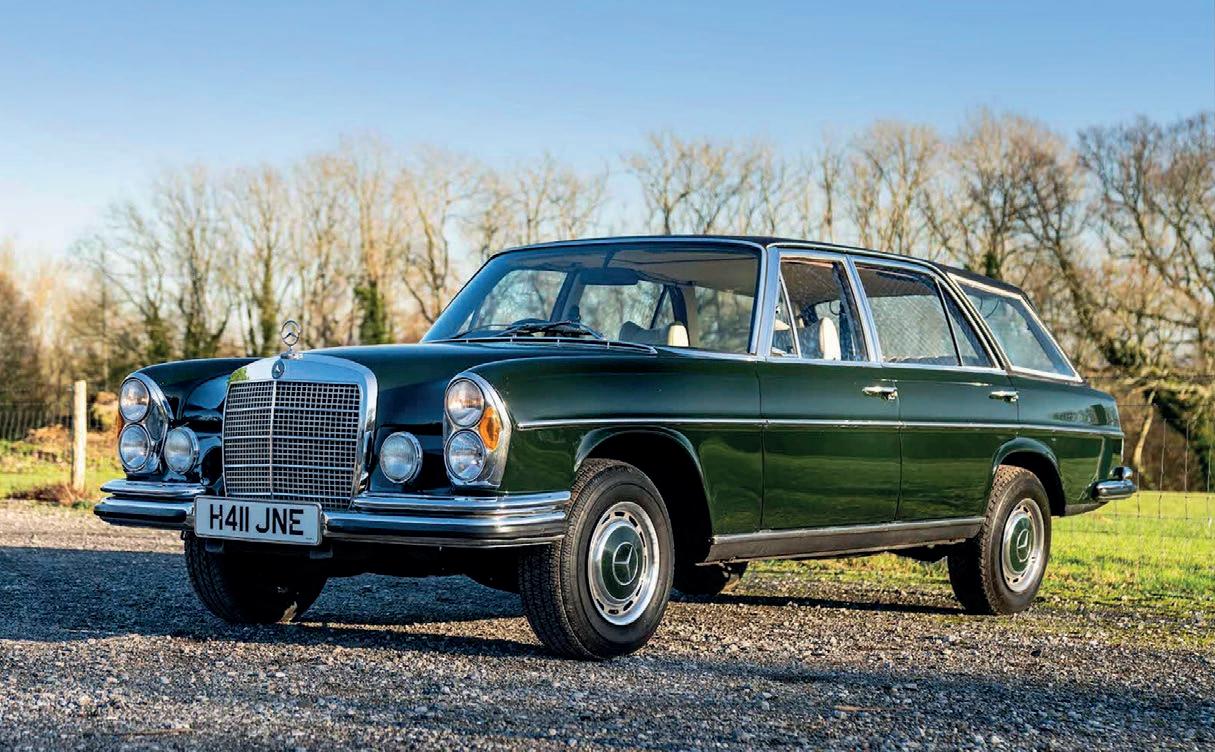
7 minute read
COACHBUILT AND CONCEPTS
PRESENTED BY
Coachbuilt & Concepts
THESE UNIQUE PROJECTS CONTINUE TO CAPTIVATE THE AUTOMOTIVE WORLD DECADES AFTER THEY FIRST APPEARED. ENJOY A RARE CHANCE TO SEE THESE MOTOR SHOW LEGENDS UP CLOSE IN A RELAXED SETTING
In modern parlance, it’s called FOMO – fear of missing out – but there is always a frisson of excitement about one-off concept cars, prototypes that never made it into production and unique customer commissions.
We have brought together a selection of some of the most beguiling designs on four wheels that have ever been rendered. Our collection spans the decades, from a 1954 Alfa Romeo 1900C SS styled by Zagato that was raced with great success in period by Joakim ‘Jo’ Bonnier, to the 1998 Jaguar XK180 concept, built to coincide with the iconic XK120’s 50th anniversary.
There are fascinating finds here, from the production ready to the never even likely. For example, take in the 1967 Rolls-Royce Silver Shadow that Clark & Carter turned into the most elegant pick-up ever, or the Mercedes F200 Imagination, which previewed the future design direction of the Three-Pointed Star. Be sure to spend your time letting the details sink in – there is plenty to discover.
MERCEDES-BENZ AG
1996 Mercedes-Benz F200 Imagination
The F200 Imagination was Mercedes’ take on the future. Revealed at the 1996 Paris Motor Show, it had numerous control, design and comfort innovations – some of which could be found in later production models.
The electro-transparent roof would be seen on the Maybach 62, the butterfly doors would be used on the SLR McLaren and the Active Body Control suspension system would eventually be introduced on the 1999 CL-Class.
The biggest innovation was the Sidesticks, which replaced the conventional steering wheel and pedals with a joystick set-up that could be toggled between the driver and passenger. Just two examples of the car were built, and this is the only one that drives.
PRESENTED BY
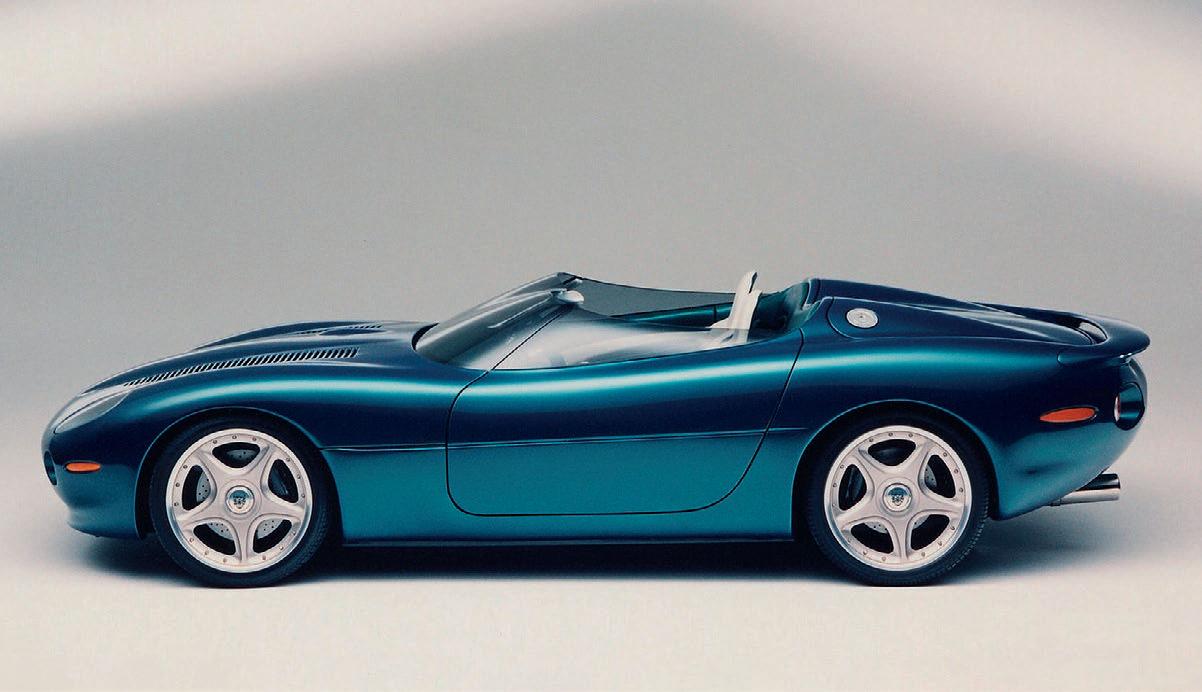
1998 Jaguar XK180
Built to mark 50 years of the XK120, the XK180 caused a huge stir at the 1998 Paris Motor Show. It sat on a shortened XKR platform, and unusually for a concept it was entirely functional.
It was designed by XJ220 stylist Keith Helfet as a modern interpretation of the D-type and E-type.
The aluminium body was crafted by Abbey Panels, which had provided the bodies for those 1950s cars as well as for the XJ13 and XJ220. The supercharged XKR 4.0-litre V8 worked with a sequential gearbox.
Although enthusiastically received, only two cars were ever built: this example is owned by the Jaguar Daimler Heritage Trust.
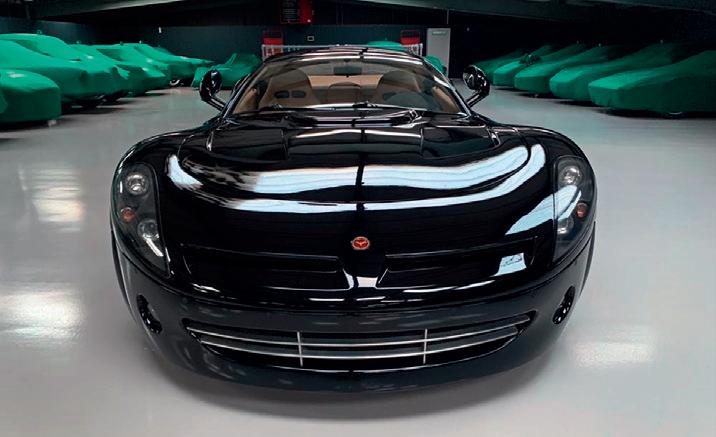
2005 Bizzarrini Ghepardo
The Ghepardo concept was revealed at the 2005 Geneva Auto Salon, with an all-aluminium body – a Bizzarrini calling card – and a shape inspired by the legendary 5300 GT. The historical connections didn’t end there, either...
The 5300 was famous for having its engine set so far back (for optimal weight distribution) that the spark plugs were accessed from inside the cabin. So the Ghepardo followed suit, with its Alpina-derived V8 sitting as far back as possible.
By the time the Ghepardo appeared at Villa d’Este in Italy it had evolved, with power coming from a Renaultderived GP2 engine capable of revving to 10,000rpm. It was said to be capable of 0-62mph in 3.8 seconds, with a top speed of 225mph.
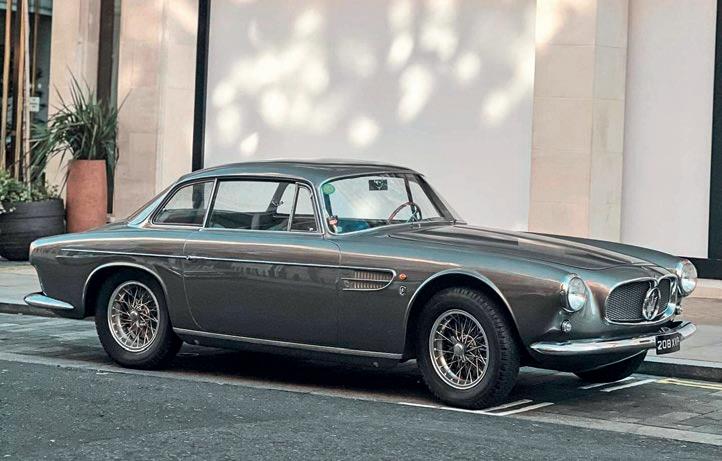

1956 Maserati A6G 2000GT
Just 60 A6G 2000GTs were built, with most being bodied by Zagato, Pininfarina or Frua. However, this particular example is one of 21 crafted by Turin-based Carrozzeria Allemano.
It left the factory in race specification, with a tuned six-cylinder twinspark DOHC engine with three 4DCO3 Weber carbs that produced 150bhp in standard tune. It also had A6GCS brakes. With its original body, which is in full Lusso spec, it boasts the original interior and has been painted only once.
Bearing the chassis no. 2170, this car competed in the 2010 Mille Miglia, and is seen in Walter Bäumer’s famous book on the A6G 2000. In addition, it was road tested in a 1956 edition of Road & Track.
1974 Lotus Estralle
In 1967 Colin Chapman wanted more luxury and space for the Elan, and so he launched the +2 with extra seats and interior space. Designer Ron Hickman also penned a shooting brake, but it was never put into production.
However, one enthusiast wanted an estate, and so he enlisted Lotus specialist Paul Matty to transform a 1974 +2S 130/5 FHC into this unique Estralle. An aluminium Shapecraft roof was bonded to the fibreglass body, and Pilkington made the glass.
Option 1 painted the car in Lotus Mediterranean Blue, and Magnolia Nappa hide and wool-cloth headlining finished it off.
PRESENTED BY
1982 BMW 635 CSi Observer Coupé
The 635 CSi Observer Coupé was a collaboration between Coventry-based design agency MGA Developments, BMW UK and The Observer Magazine. Its glass roof and rear panel slid into a new decklid with a depth of only 110mm, which meant that luggage space was unimpaired.
MGA redesigned 120 elements from the standard car, and made 150 bespoke parts. A special bodykit and wheels were added, and while the cabin is largely the same, the door trims got fabric panels to match the carpet.
It appeared at the 1982 British Motor Show to great acclaim, and a production run of 50 was mooted. But in the end just this car was built. In 1990 MGA removed the moving roof mechanism, creating a hard-top.

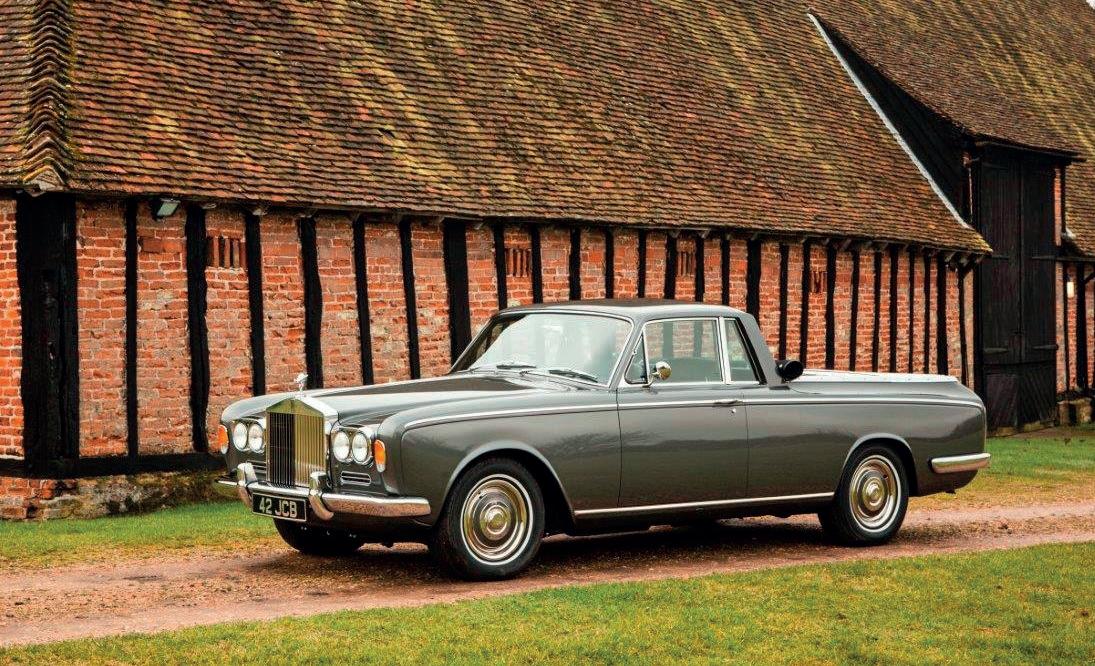
1967 Rolls-Royce Silver Shadow Pick-Up
The brief for this unusual conversion was simple: build the ultimate Goodwood Revival tow vehicle. The car’s owner, a prominent historic motor sport enthusiast, entrusted Essex-based Clark & Carter with transforming a 1967 Silver Shadow into an elegant pick-up.
In fact, the example the specialist was given had already been converted, but to a rather lesser standard – so to attain the quality required the restorers virtually had to start all over again. The result is befitting of the authentic car’s ethos, with hand-crafted detailing applied throughout. Fun flourishes included the ‘Pick-Up’ badging, created in a script mimicking what you would find on an original Silver Shadow.
1990 Ronart Lightning GT
Built on the principles of quality and correctness – and V8 torque – the Peterborough-produced and built Ronart Lightning was intended to be a leading grand tourer. The body is all carbonfibre, and the spaceframe chassis and monocoque were designed in house, with bespoke suspension.
The engine and gearbox came from Ford’s Mustang SVT, and its 4.6-litre V8 provided 320bhp. A 500bhp supercharged version was also offered. The car was ahead of its time, featuring sat-nav and integral cooling fans in the leather Recaro seats, and it also had detachable carbonfibre roof panels.
Only six examples were built before production ceased, and this is one of just three that are thought still extant. The fifth car built, it was the Ronart demonstrator and specified by the company chairman.

PRESENTED BY
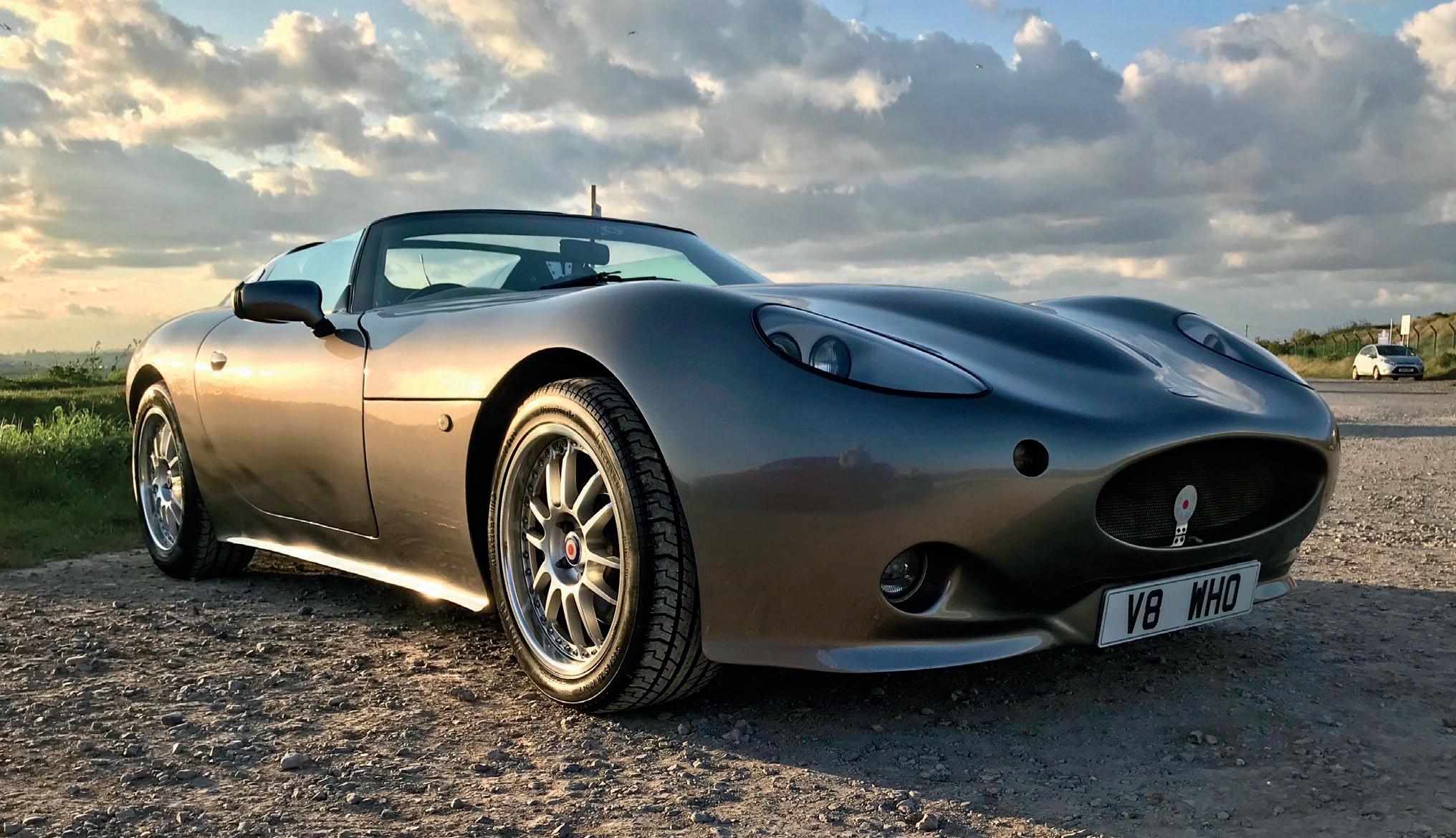
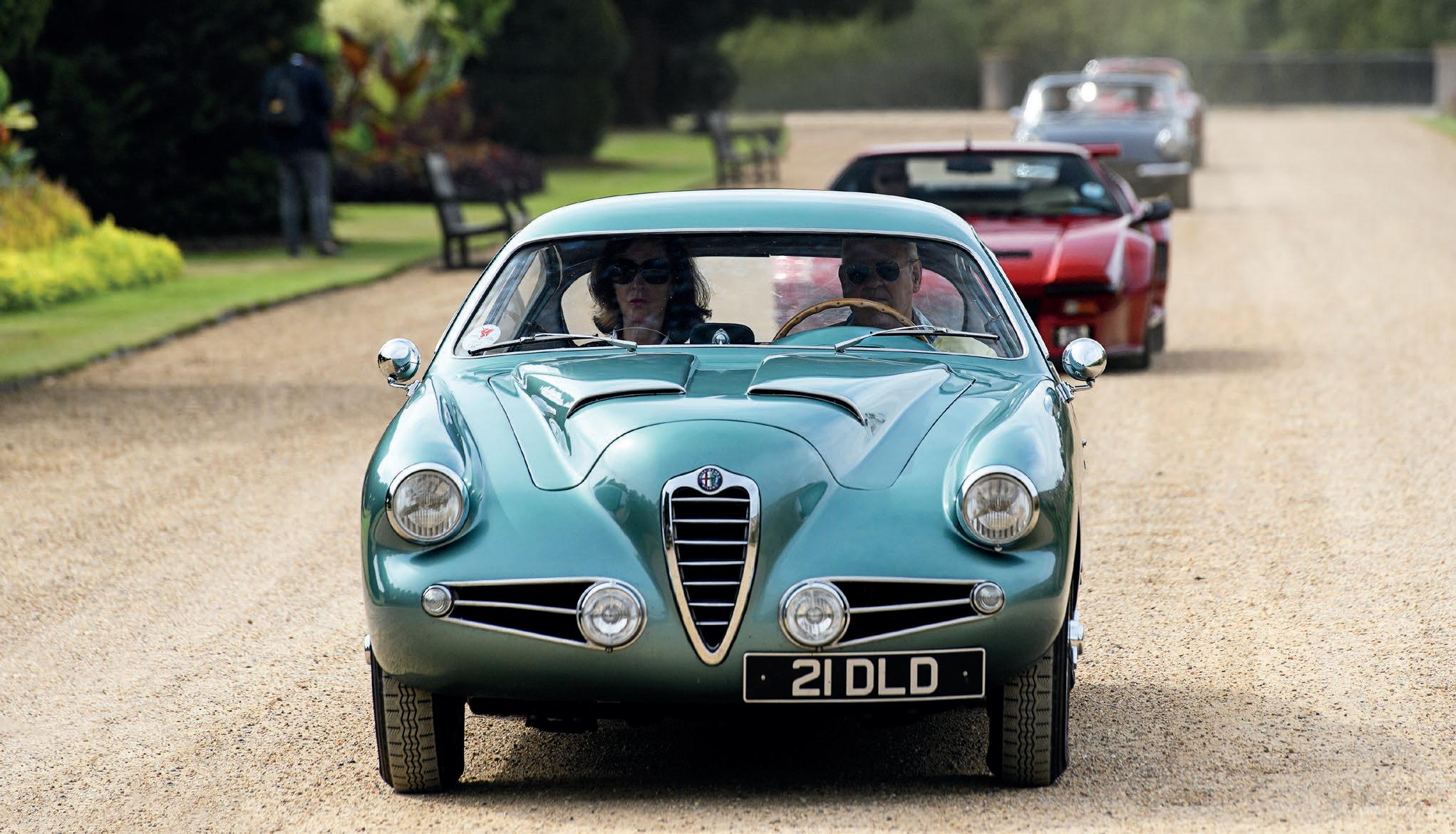
TIM SCOTT / FLUID IMAGES
1954 Alfa Romeo 1900C SS Zagato
The 1900 was Alfa’s first production-line car, but while upper management heralded the cost savings, general manager Iginio Alessio feared for the future of Italy’s design houses and stylists. He instructed the car to be made so that five coachbuilders could use the unitary frame as the basis for their creations.
Zagato created this example for Joakim ‘Jo’ Bonnier, who won with it at the 1955 Swedish Grand Prix, and took a class victory at the Karlskoga circuit a week later. Bonnier then sold the Alfa to Carl Lohmander, who competed in it at Denmark’s Roskilde Ring before inviting Bonnier to drive it at Oulton Park’s 1955 International Trophy. Again he took class victory. Lohmander raced the car at several events, such as the Avusrennen in Berlin, and it was featured in the December 1955 edition of Motor-Revy. The car has since remained in Sweden and Norway, continuing to compete at many events.
1969 Mercedes-Benz 300SEL 6.3 Crayford
A right-hand-drive 300SEL 6.3 is already rare, with just 702 being built, but this is more unusual still. It’s one of a mere 12 W108 SELs converted to estate form by Crayford, and the only car believed to still exist.
Built for ex-Connaught Formula 1 driver Kenneth McAlpine, it used the glass and panels from a Ford Granada Mk1 estate, plus a bespoke tailgate. Under the bonnet was the mighty 6.3-litre M100 V8 from the 600, which provided mighty performance for the era; its 6.5-second 0-62mph time was more usually seen in supercars. This car is finished in Moss Green with a black vinyl-coloured roof over an Ivory leather-trimmed cabin. It rides on bodycoloured 14-inch wheels wearing Avon tyres.
